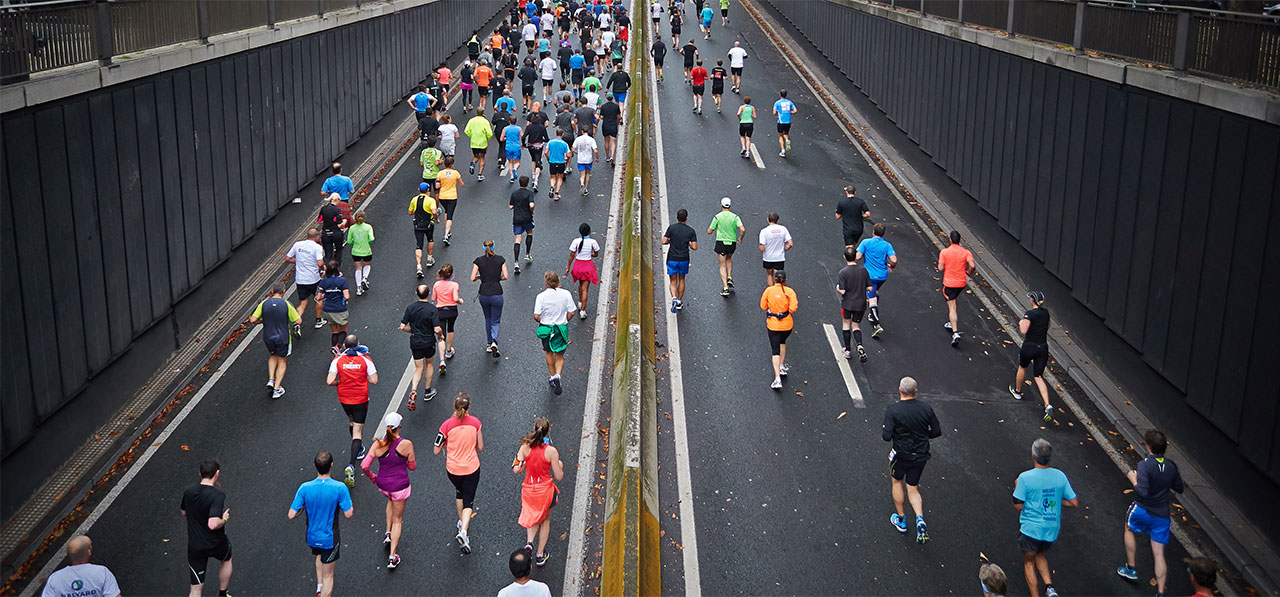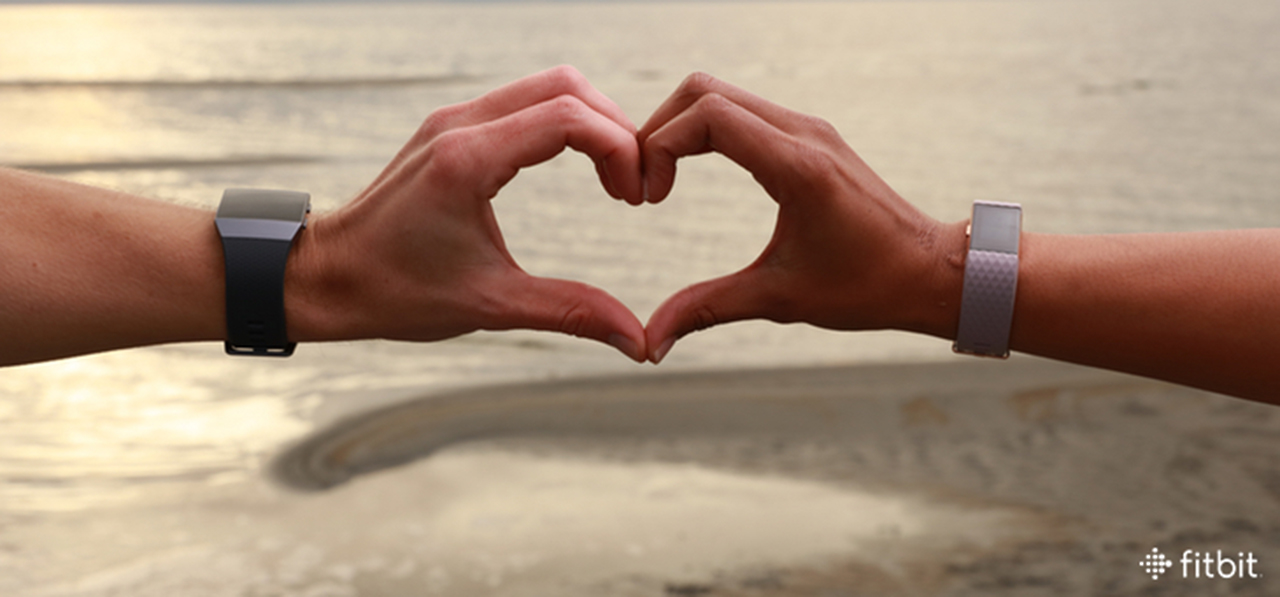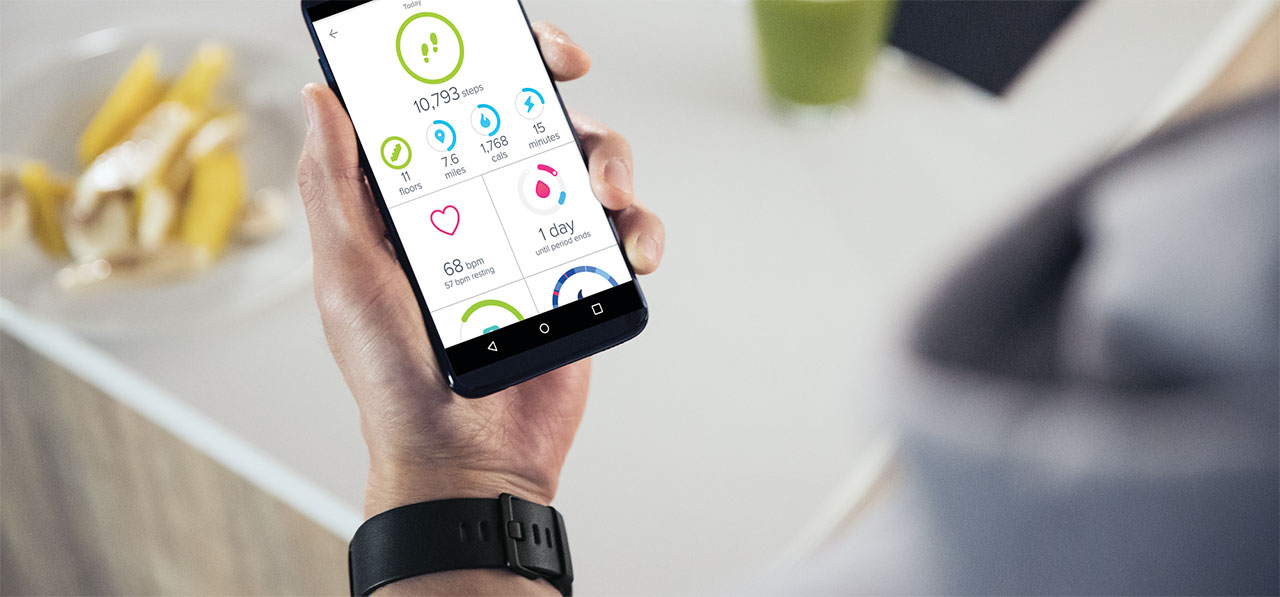How Fitbit And Personalized Health Coaching Helped This Man Get Healthy
Over at Fitbit headquarters, many of our customers send through their personal success stories using Fitbit products. Below is one such story, as told by Fitbit user Justin Birkbichler.
I was diagnosed with testicular cancer at the age of 25 in November 2016, after discovering a lump on my testicle during a routine self-exam. While most people consider cancer to be a terrible thing, it was actually a blessing in disguise for me. Among other hidden benefits, it helped me regain a long-lost commitment to fitness.
From middle school to college, I was invested in exercise through various sports and activities. However, as I started my master’s program in teaching in early 2014, I let my healthy habits slip.
Finishing my master’s degree in August 2015, I still had not sustained a regular exercise regimen. I would jog for a few days, but it never lasted. I always had an excuse: not enough time and no energy were my go-to reasons. I ended up gaining about 20 pounds, and reached 200 pounds by the time of my diagnosis in fall 2016.
After experiencing 10 weeks of grueling chemotherapy to pound my cancer into remission and after knowing what it truly feels like to have no energy, I realized I couldn’t use my lack of energy, or rather, laziness, as an excuse anymore.
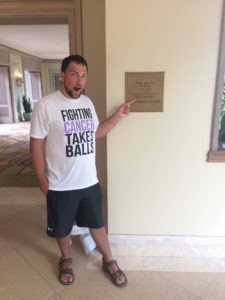
The tipping point occurred on the last day of my vacation to Hawaii in August 2017. I took a picture next to one of the signs in my resort. When I first glanced at the picture, I was shocked.
There was no way that the person in the picture was me. He looked more like the Michelin man. Grasping for answers as to why I looked so rotund, I thought the wind must have blown into my shirt. But the picture was taken indoors, so the wind wasn’t to blame.
The truth was that this picture showed what I had allowed my body to turn into over the years. I was struck with shame of my bloated and flabby body and my ever-increasing weight (now at 215 thanks to effects of chemo and the Hawaii trip). Along with these physical signs, I realized I had a marked lack of endurance and a pitiful amount of strength post-chemo.
I decided to make fitness a priority, so I joined a gym and the UNC Impact research pilot
One big reason I paid a monthly membership to the gym was because it made me feel like I was throwing money away each time I made an excuse not to use it. Joining the gym was a first step in the right direction, but I needed more accountability.
I happened to see an advertisement for the UNC Impact Study pilot, which was designed to help young adult cancer survivors get back in shape post-treatment by using fitness technologies, including wearables such as Fitbit.
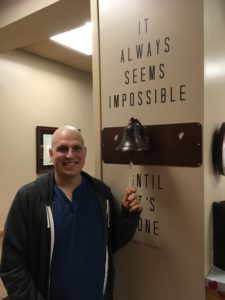
Each week, the researchers developed and sent me personalized health goals, including recommended steps and a suggested number of active minutes I should reach each day. I found myself working hard to meet the goals that they set and felt a strong sense of empowerment when I achieved “total green” in the app or unlocked new badges.
Another big change I made was in how I ate and tracked what I was consuming
Before cancer, I usually grazed on random junk food throughout the day and had no way to monitor how much I was eating. Now, I eat more whole foods, home cooked meals, weigh nearly everything I eat, and put it all into my Fitbit app to help track nutrients and calories. I do allow myself to indulge, but more so in moderation.
Since making all of these changes and wearing my Fitbit regularly, I’ve shed thirty pounds (ending up at a healthy weight of 185), dropped nearly ten percent of my body fat, increased my running stamina, and nearly doubled my maximum lifting stats. I’m happier and more confident in how I look.
The UNC Impact study spanned six weeks, but I was allowed to keep my Fitbit and used it to keep me motivated
I no longer had researchers telling me how many steps to take, so I reset it back to 10,000. However, once I got the ball rolling, I found it was no longer just a goal – it’s a minimum. I use it as personal motivation and to track my progress throughout the day.
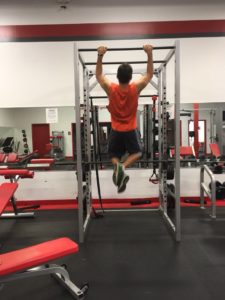
One feature I find immeasurably helpful is “Reminders to Move” which remind me to take 250 steps every hour. This serves as a reminder to get up and be active all day instead of just at the gym now. On the mental health side of things, my Fitbit gives me an outlet for emotions, which is so important after facing a beast like cancer.
Now, still in remission from cancer and as a WEGO Health award-winning Patient Leader, I wanted to share my story to motivate others on their own journeys, whether it’s in fitness or taking care of their overall health. I have a major passion to help others be successful before, during, and after treatment and take an active role in their health. I try to do this through social media and on my blog, A Ballsy Sense of Tumor.
Between my fitness transformations and my battle with cancer, I’ve been through two very intensive journeys over the past few years, and I came out successful in both cases. I think it’s safe to say that now that I’ve cracked the nut on how to stay motivated with fitness, I won’t be dropping the ball on keeping these goals strong and constantly improving.
This article is not intended to substitute for informed medical advice. You should not use this information to diagnose or treat a health problem or condition. Always check with your doctor before changing your diet, altering your sleep habits, taking supplements, or starting a new fitness routine.

